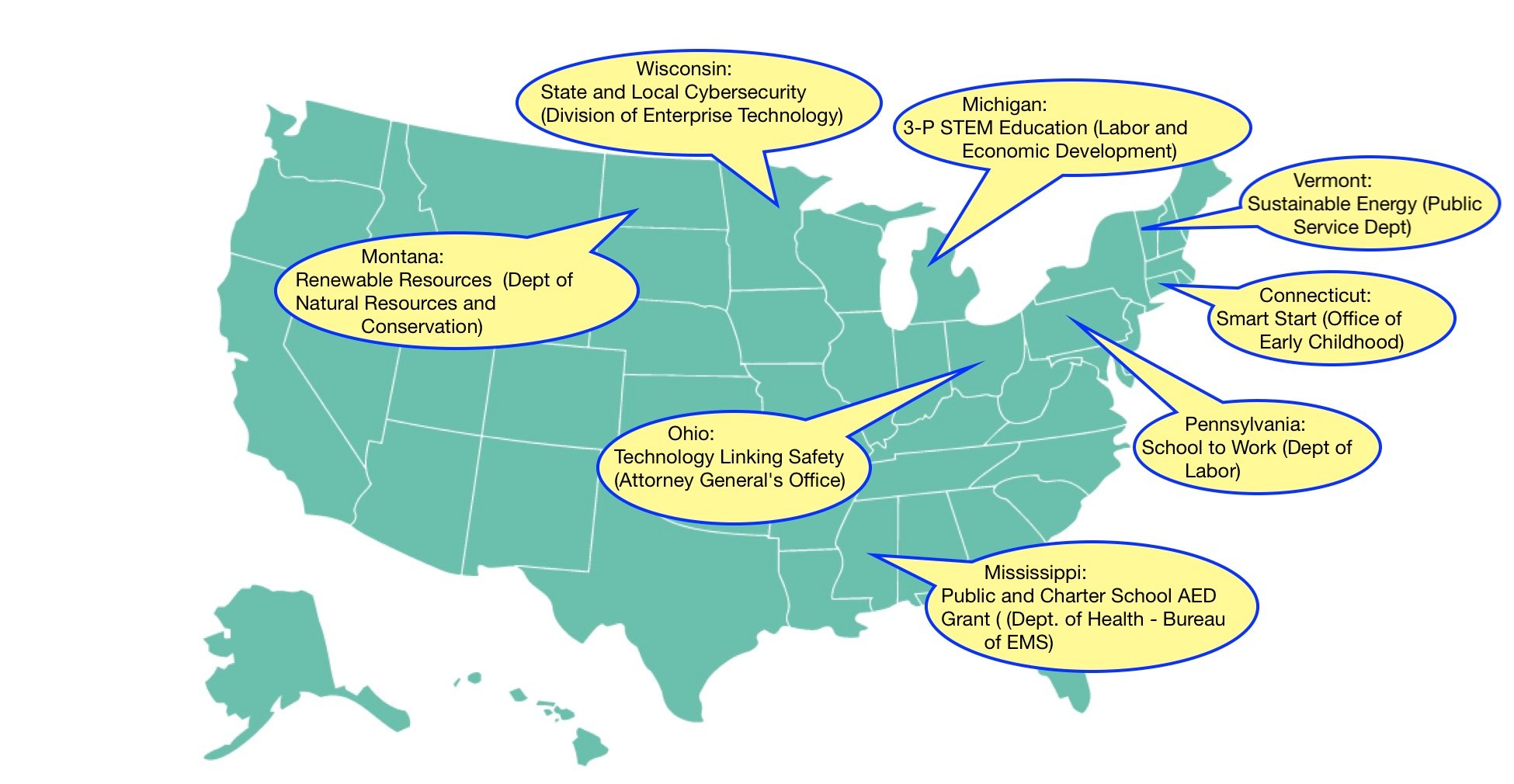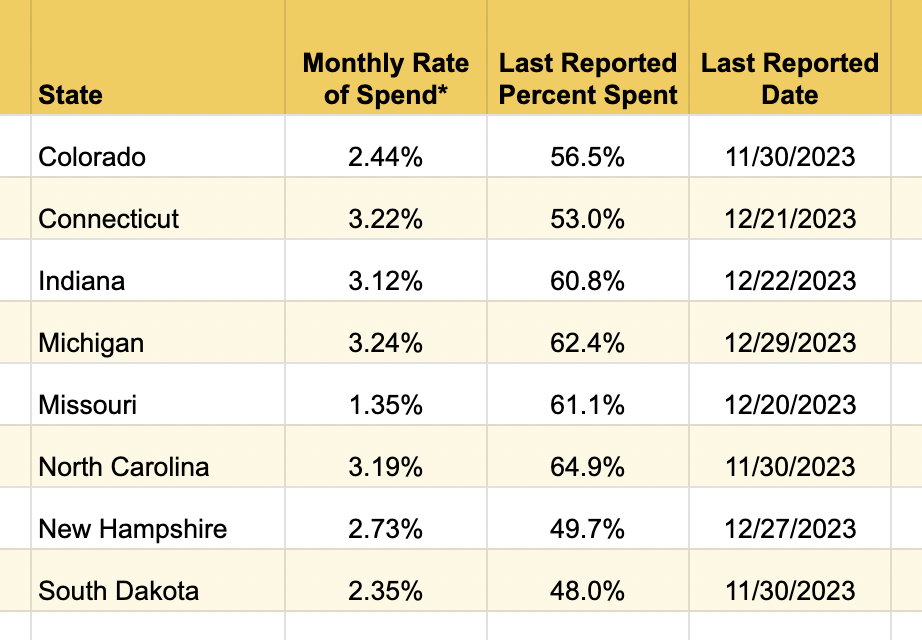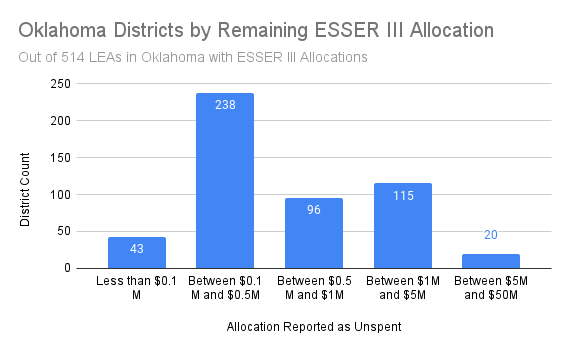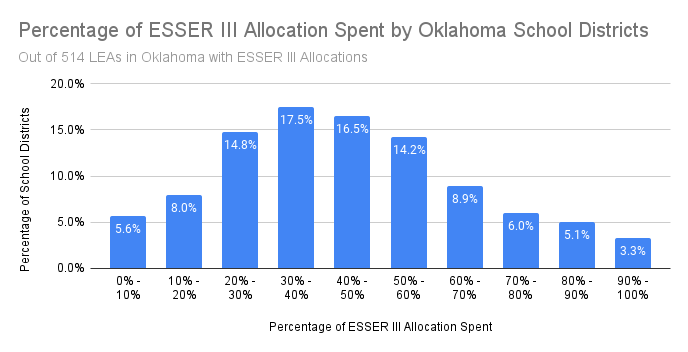1. We recently introduced Burbio's State-Level Funding Tracker, which organizes information about revenue sources from all 50 states and allows clients to more efficiently capitalize on these opportunities. One of the dynamics of these sources is that many of them come from outside the state Department of Education.

Below are examples from across eight states of funding sources that come from other areas of state government:
- Pennsylvania’s Schools-to-Work Program, funded by the Pennsylvania Department of Labor and Industry, aims to “increase workforce training and partnership programs.” These grants, at $250,000 each, are to be awarded directly to apprenticeship and pre-apprenticeship programs that are partnered with public schools.
- The Michigan Department of Labor and Economic Opportunity offered 3-P Stem Education Grants during the 2023/24 academic year to boost STEM Education and career exposure for students. Awards are up to $20,000 per grantee.
- Connecticut’s Office of Early Childhood offers Smart Start grants to districts to establish or expand preschool programs in public schools. Grantees can receive up to $5,000 per student for the school year with a cap of $75,000 per classroom and an overall limit of $300,000 per district.
- In Ohio, the Attorney General's Office offered FY24 Ohio Attorney General's School/Law Enforcement Technology Linking Safety Grant which offers up to $30,000 per district to be used for technology purchases that alert law enforcement of potential safety breaches on school property.
- In Wisconsin, The Division of Enterprise Technology administers the State and Local Cybersecurity Grant Program, made available through the Department of Homeland Security and the Cybersecurity and Infrastructure Security Agency (CISA). School districts are eligible in addition to other public entities.
- In Vermont the Sustainable Energy for Schools and Municipalities Program is administered by the Vermont Public Service Department. Award money will provide financial and technical support to public schools and municipal buildings in underserved disadvantaged communities for the repair and/or installation of clean energy technologies.
- In Mississippi, the Department of Health Bureau of EMS administers the Public and Charter School AED Grant which provides funds to purchase and install automated external defibrillators (AEDs).
- The Montana Department of Natural Resources and Conservation administers The Renewable Resource Grant and Loan Program which funds the conservation, management, development, and preservation of Montana's renewable resources. The RRG Project Grant Program has funded numerous projects including drinking water, wastewater and solid waste development. School districts are among the public entities eligible to apply.
2. In our full January ESSER III "actual" dataset delivered to clients last week there were over two dozen states with thousands of districts that had newly reported their actual spending since December.
In analysis we conducted over the summer, a basket of states that had reported regularly over the previous four quarters were averaging 2.7% of ESSER III spending per month. Extending that analysis has proven difficult because so many states, including the ones we chose for our original basket, have such inconsistent reporting dates that it's impossible to create an ongoing sample. So this week we wanted to simplify it a bit by looking at specific states from this month's update.
In the chart below, we look at eight states that have reported since 11/30 and show the average 30-day spending rate between the previous reporting date and the most recent. As you can see, the range continues to be consistent with the trends we observed last summer:

3. Another state that reported last month is Oklahoma and below we break down their remaining funding.
- To date, Oklahoma districts have spent in aggregate 38.7% of ESSER III dollars and have over $495 million remaining. The most recent reporting date for Oklahoma is 12/12/23.
- Twenty districts have between $5 million and $50 million remaining and 115 have between $1 million and $5 million remaining.
The chart below breaks down the number of districts and the amount they have remaining:

Below is the breakout by decile. The majority of Oklahoma districts report having spent less than half their ESSER III allocations:
